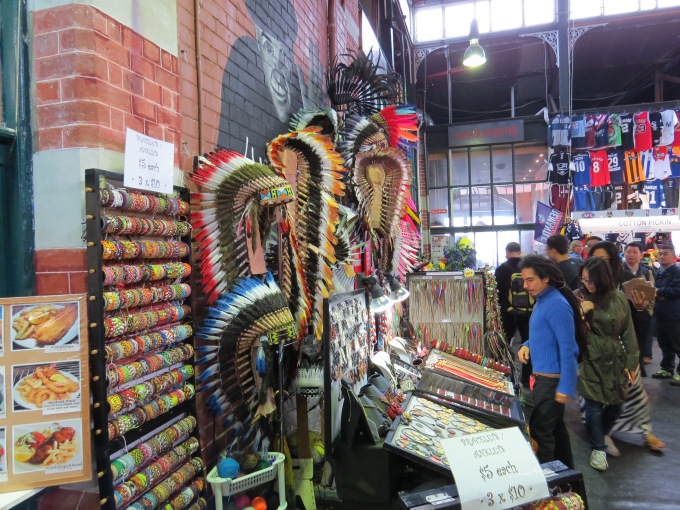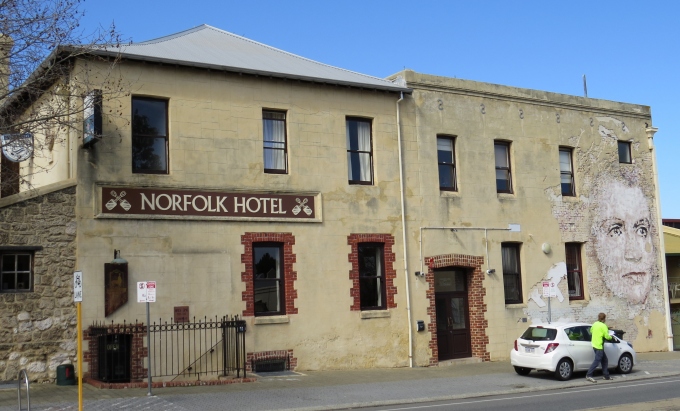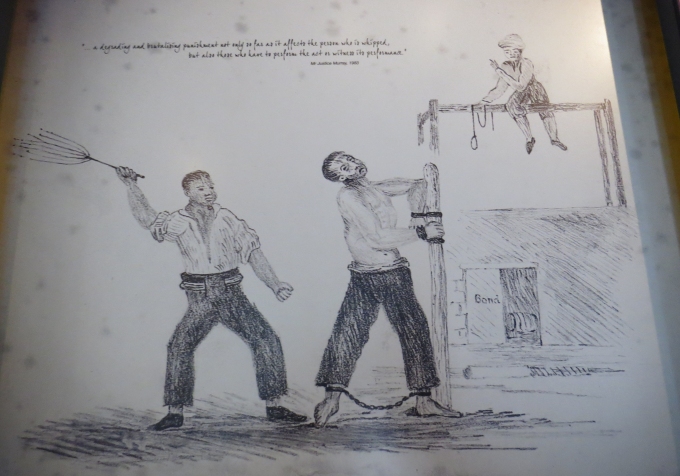WA Maritime Museum and Shipwrecks Gallery
Quite honestly, when it comes to maritime museums, we've visited so many, we're pretty jaded. We've been there and seen that and really, what more could we see that would impress us? And then we visited the Western Australian Maritime Museum. In a word … WOW! This world class, thoughtfully laid out, gem of a museum is outstanding and we relished every minute we were there.

The day was off and on rainy, but who cared? We were mesmerized as soon as we walked through the doors. A hard working seaport like Fremantle, with so much maritime history, is the perfect setting for this museum. There was so much to see … we delved right in.

Probably, the most striking aspect of the museum is the unique way in which every aspect of Fremantle's boating and shipping history is displayed. There are real boats in each gallery … some are suspended in the air, some invite you aboard, some allow an inside look and the HMAS Ovens, an Oberon class Australian submarine, is parked along side the museum in an historic WWII sub slipway.

There was a gallery devoted to cargo … whale oil, sheep, coal, immigrants. One gallery displayed whale memorabilia while another featured the actual racing yacht, Australia II, winner of the America's Cup in 1983. Pearl diving boats, fishing boats, crab and lobster boats, Swan River boats, military boats, canoes, an Indonesia pinisi … all presented so interestingly, it was hard not to read every line and then ponder and check out each detail. Even if you don't like boats, you'd enjoy the history and cultural components of the displays.

Jon Sanders' boat, Parry Endeavor, hangs precariously mid-air, bow dug into the sea as Sanders grasps the mast anticipating the 100' (30m) following wave about to crash down around him. We shuddered as we read the explanatory placard. Sanders, by the way, a Perth native, holds several world records including the first solo triple circumnavigation of the globe in 1987 which coincidentally is the longest distance ever sailed continuously by any vessel … 71,023 nautical miles. That's pretty much how many nautical miles we've sailed total in the last 15 years.

The megamouth shark, an extremely rare deepwater shark, was a surprise as we peered into the portholes of a large tank. I had to include this pic. You can do more research yourself on this one.

We spent the entire morning at the museum, stopped for a coffee and walked over to the Shipwreck Galleries as an afterthought. The galleries are housed in a restored 1850's warehouse building. We were bedazzled once again as we entered a whole new world.

Hundreds upon hundreds of relics from shipwrecks along Western Australia's coastline were displayed. Pieces of porcelain and china, Spanish coins, Dutch canons dating back as early as the17th century.

One gallery highlighted old charts and followed the journeys of some of the early Dutch explorers who visited Australia's western coast.
The museum's gem, however, is in a dimly-lit gallery and displays the original timbers from the hull of the Dutch East India Company's ship, Batavia, built in Amsterdam in 1628 and shipwrecked on her maiden voyage in what now known as the Abrolhos Islands.

The subsequent mutiny and massacre that took place among the survivors is the subject of much conjecture and speculation. The skeletal remains of the of the murdered crew remains a grisly reminder of the events which occurred.

Amongst its other cargo, the Batavia carried stones which were intended to serve as a welcome arch for the city of Batavia (now Jakarta), headquarters for the Dutch East India Company in the Far East. A replica stone arch was built at the museum and it is stunning.

We left the Shipwreck Galleries, our minds bursting with new information and images of the past. What a fine, fine day!
And tomorrow? Our last day in Freo and we want to make it special. We're off to the Fremantle Markets … and maybe to the historic Fremantle Prison if we can fit it in midst re-fueling and re-provisioning.





















